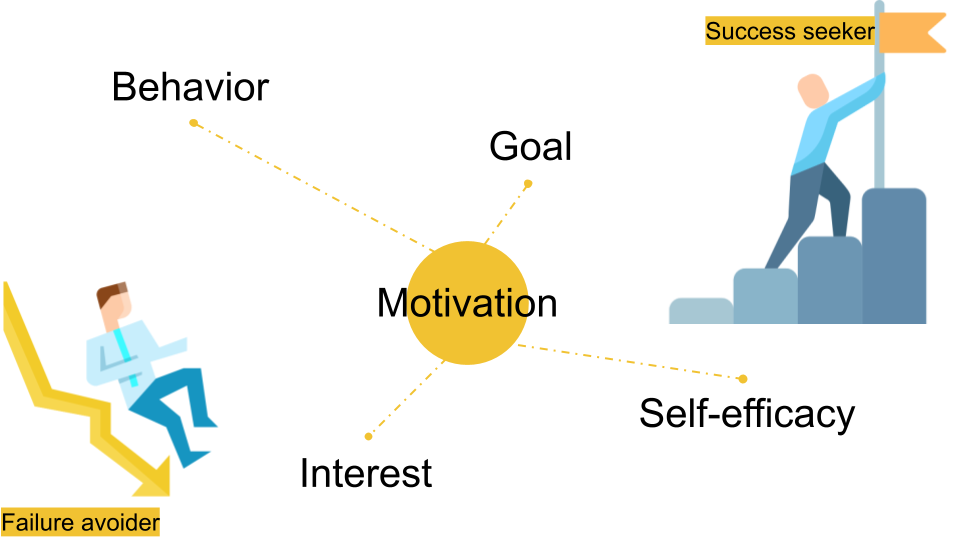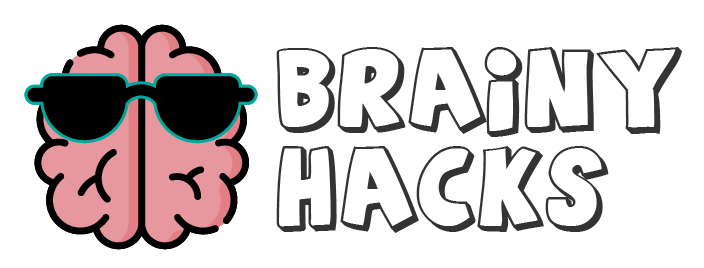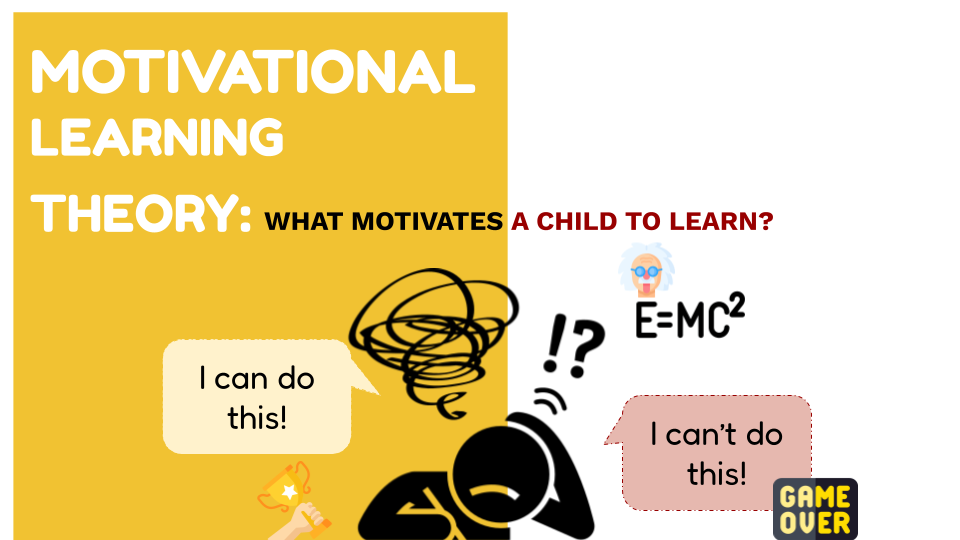Imagine the small middle-class family of George and Mary, with their three extraordinary protagonists – Georgie, Missy, and Sheldon. The eldest, teenager Georgie, sells lower-price chocolates and candies beside the high school’s vendo machine. The young lady, Missy, learned baseball because of the blonde, blue-eyed Marcus, transforming middle school into her personal kingdom of friends and gossip. Lastly, Sheldon, the pint-sized genius who breezed into college at the age of 11, diving headfirst into the wonders of quantum physics, aiding Dr. Sturgis and Linkletter in their scientific escapades, and tackling the universe’s perplexities that even the likes of Einstein and Hawking might have missed! Recognize them? They’re the Coopers, a bundle of brilliance and quirks all under one roof. But here’s the twist – it’s not about “who” they are. The real intrigue lies in the “what” propels these three individuals, sharing the same roof, to eagerly march off to school each day. Get ready for the curtain to rise on the motivations that make the Coopers tick. You may be one of them!

Behind Motivation
Bet you’ve been there – remember the sheer thrill of diving into a fresh set of coloring materials back in grade school? Or the excitement of reuniting with childhood pals for a playdate at school after what felt like eons? School wasn’t just a place; it was a canvas of possibilities. For Georgie, it might’ve been a playground for entrepreneurial dreams, while Missy saw it as the ultimate grapevine for the latest scoops. Then there’s Sheldon, turning it into a haven of knowledge. Here’s the scoop: motivation is like a kaleidoscope, as vibrant and varied as the colors of a rainbow, the burst of flavors in Skittles, or the seemingly endless list of courses in college that may or may not make sense. Let’s break it down into bite-sized bits of wisdom.
Flashback to our tiny tot days when our hearts yearned for treasures like gumballs, McDonald’s, bicycles, video games, and yes, even the coveted TV remote control and ownership of the sofa. Some pint-sized adventurers hit the jackpot effortlessly, while others embarked on missions that involved tears, tantrums, and maybe a bit of retail chaos—all for the sake of that shiny new prize.
The motivation behind this mini-quest? It’s our internal drive, the craving for excitement, tastiness, or the thrill of something new. Take the Coopers, for instance—they might express their motivation like pint-sized drama kings and queens, banging doors, skipping meals, or executing a stealthy window escape. It’s a classic tale of kids expressing their desires in the most outwardly dramatic behavior.
Picture this: you stroll by a grocery store, and there’s a little one on the floor, wearing a frown that could rival a storm cloud. The parent’s at the counter, seemingly unyielding. Translation: the kiddo had a sweet craving and got a flat-out no. But hey, the mystery of why the sugary dreams were shattered might have more layers than a towering birthday cake.
Now, let’s rewind the memory tape to our main dude B.F. Skinner, the cool glasses-wearing maestro we met in our previous escapade into Associative Learning (remember, the one with the not-so-cool rat experiments). Think back to the glory days of school when a glittering gold star or a “very good” stamp felt like winning the lottery. Or that A+ from your science sage that made you feel on top of the world. Oh, and let’s not forget the 24-hour community service sentence for a little class-cutting adventure. Yep, all these tales fall under operant conditioning. It’s the art of getting a pat on the back for acing it or a stern finger-wag for a bit of mischief, shaping our likelihood to repeat or avoid those actions.
For many students who dream of going and finishing college for a better and secure future (which is definitely not Georgie, by the way), motives are goals. This intrinsic motive of living for the future differs from going to school because it is compulsory or because every kid in your neighborhood does it. Sure, not everyone is Sheldon gunning for straight A+ glory or dreaming of becoming the next science sensation like Hawking. For some, it’s the social connections, echoing the Missy vibe. But here’s the magic ingredient: motivation. It’s the fuel, the spark, propelling us toward those dreams, no matter what shape they take.
More Than Just Goals
Wait, do we mean motivation is about behavior, interest, and goals alone? Quite close, but no! Here’s another cool guy whom you’ve already heard about. Does Bobo dolls ring a bell? Yes! Albert Bandura (whom we mentioned along with Skinner in the previous article) added self-efficacy, or the belief in our capability to carry and achieve the goal, as the primary explicit explanation of motivation (Bandura, 1997).
Here’s a relief. Self-efficacy is self-constructed, meaning something we have “control” over, but be careful not to be mistaken for just believing that you can do it and leaving all to the grace of God or destiny. Self-efficacy also requires enough effort or self-determination to master a task, even without an IQ of 187, like Sheldon. Sounds doable, right?

While there are many facets behind motivation, like the dynamics of the Cooper house or how diverse a classroom is, Victor Vroom came up with the Expectancy-Value Theory, which suggests (at least for now) that individuals have different sets of goals and can be motivated if they have certain expectations.
In a nutshell, motivation boils down to how badly we want a task done and the effort we’re willing to put in. Now, imagine this: Missy grappling with tricky middle school English homework, with her college-bound twin brother Sheldon out of reach. Left with her brother Georgie, they might not be the brainiac Coopers, but on that sofa, they decide to buckle down, study harder, and conquer the secrets of a verb in a sentence. The next day, Missy returns from school and gives her brother her 10/10 score on the English test. Georgie beamed with pride, deciding that he and his sister deserved the spotlight. He pinned it to his corkboard, right next to the epic poster of his favorite rock band. It’s a reminder that with the right goals and a splash of motivation, the impossible becomes “I’m possible.”
Scott Geller spills the beans on the psychology that powers your inner drive in this Ted Talks The psychology of self-motivation.
Top Tips for Increasing Motivation to Learn
Encouraging someone to “Get your hopes up!” or to “Keep going!” might sound uplifting, but we know it takes more than just words to boost motivation, especially in learning. Here are some crucial tips you won’t want to overlook:
- Build relationships – Picture this: the incredible journey of learning as a thrilling adventure, with the map marked by positive motivation and the companionship of strong relationships at home and in school. Now, let’s debunk a myth: teachers aren’t mysterious monsters hatching schemes to foil our graduation dreams. In fact, they’re the wise wizards, not just imparting academic spells but also the wisdom of life itself. Sure, their power might seem a bit daunting, but here’s the secret: give them a chance, and you’ll discover they’re not just teaching you the ins and outs of academia but also the art of adulting. Think future—you, raising your own kids, effortlessly crunching numbers for amortization, and conquering the epic quest called adult life.
- More engaging tasks – Learning becomes a joyride when students engage with tasks that feel relevant and interesting. Dear teachers, your role is more than just delivering lessons. It’s about deciphering the needs of these young minds, who, let’s admit it, can sometimes be a bit impressionable. It’s a two-way street—students expressing their learning needs, and you, the navigator, making sure it all clicks.
- Set reasonable goals and provide feedback – While goals are the fuel that revs up the learning engine, here’s the real game-changer—regular feedback. It’s the GPS for their academic journey, pointing out what’s working well and offering expert tips on how to level up. Constructive feedback isn’t just about right or wrong; it guides the learning journey. So, before we launch into this adventure, let’s set the stage with a clear and measurable goal.
While we’d love to have a one-size-fits-all solution to keep everyone motivated, the reality is that motivation in learning isn’t a magical fix. It’s often intrinsic, stemming from within, and in today’s fast-paced world, it can be as unpredictable as the twists and turns of a 1980s Cooper house.
Yet, the good news is that it’s not an uncontrollable force. It’s like orchestrating the elements of your own schedule, celebrating small victories with a self-congratulatory tap, injecting a bit of fun into your learning journey, indulging in the occasional daydream, and, of course, putting in the actual work. So, while it might not be a straightforward path, there are definitely ways to navigate and harness your motivation.
References
- Bandura, A. (1997). Self-efficacy: The exercise of control. New York: Freeman. Retrieved from:https://www.simplypsychology.org/self-efficacy.html
- Seifert, K. & Sutton, R. Educational Psychology. Published by the Saylor Foundation. Available at https://www.saylor.org/site/wp-content/uploads/2012/06/Educational-Psychology.pdf. (https://open.byu.edu/lidtfoundations/motivation_theories_on_learning#:~:text=The%20theory%20proposes%20that%20understanding,connected%20or%20involved%20with%20others)
- Vroom, V. (1964). Expectancy-Theory. Cited in Motivation by B. Studer, S. Knecht. (2016) Retrieved from:https://www.sciencedirect.com/topics/psychology/expectancy-value-theory

